Aquarium plants need a lot of light for normal growth and development. Fish do not need it so much, but with sufficient light they look very attractive, bright, behave actively. That is why it is so important to choose the right lighting for the aquarium. This is not as easy as it seems at first glance, as there are many details that need to be known.
Conținutul articolului
Where to locate the backlight for the aquarium
Most often, the lighting in the aquarium is located on top. The most common option – in the lid. There can be installed both long and ordinary lamps. To achieve more even lighting near the lamps are installed reflectors that redirect and disperse the light. This is especially important if one long lamp is used. If it is simply attached to the lid, most of the bottom remains in shadow, which is not always a good thing.

But close proximity near the water is not always a good thing. If you use lamps that generate a lot of heat, you have to put coolers (fans) or raise them above the aquarium. In this case, you can use hangers and stops. Here, who can adapt – there are different options.
Not always the upper light reaches the bottom in the right amount. Then either you can increase the power of the lights, or several located on the walls, closer to the bottom or at the bottom. The latter option is more decorative, but can somewhat improve the low light in the bottom layers.
- LEDs can be placed both at the bottom and at the top
- Aerator with illumination – one of the options
- Suction cup aquarium light – can be attached to the walls at any level
More correct is the “top” lighting for the aquarium, but to correct the situation and the impossibility of a quick remodeling can be used and located below the light sources, and you can install spotlights for a decorative effect – to emphasize at dusk some part of the relief or an unusual plant.
Types of lamps
Lighting for the aquarium can be made with lamps of any type. In general, any. But its effectiveness, the appearance of plants and fish, the amount of energy spent will be very different. Let’s evaluate from these positions all types of lamps.
Incandescent and halogen lamps
They are united in one category, since they have similar advantages and disadvantages. Good incandescent lamps for aquariums by the fact that they emit light, the spectrum of which is very similar to sunlight. The second big plus is an affordable price. But the disadvantages are very serious. This is a low efficiency – colo 97% of energy goes to heat generation and only 3% directly to the radiation of light waves.
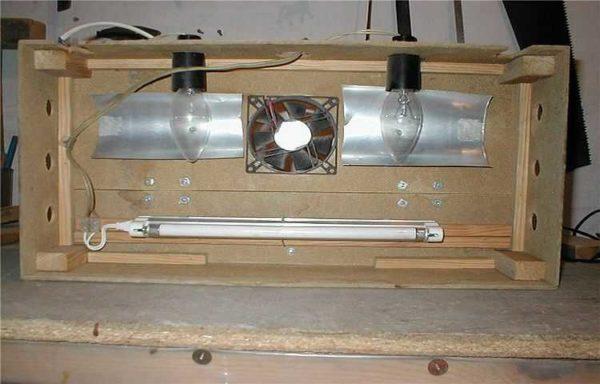
The bills for such lighting of the aquarium will be decent. In addition, you have to dissipate the heat that the incandescent lamps give off during operation. This is usually done by installing coolers – low-power fans, but they also do not always save.
Metal-halogen
This type of lamp is ideal for aquariums with a lot of grass and if the water column is more than 60 cm. This is due to the wide spectrum of light emitted, its high brightness and ability to penetrate to great depths. When lighting metal-halogen lamps (MHL) on the bottom will be “sunny” glare, shadows from plants, fish.
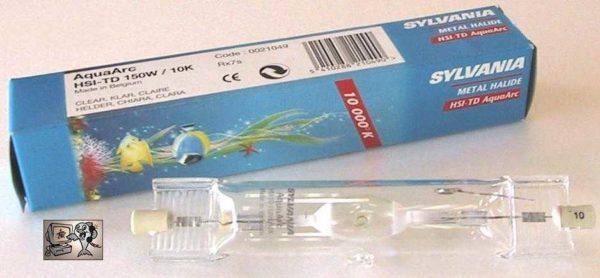
Disadvantage – when working, they get very warm, so basically such lamps are installed at a distance of at least 30 cm from the water mirror.
Fluorescent lamps
Today these lamps are available in several variants. There are ordinary household (NO). They have a low level of luminescence, can be used to illuminate shallow aquariums – up to 50 cm deep. Below the light simply will not reach. There are two other technologies HO (High Output) and VHO (Very High Output), which at the same size shine many times brighter. Here their light is able to penetrate to a fairly great depth.
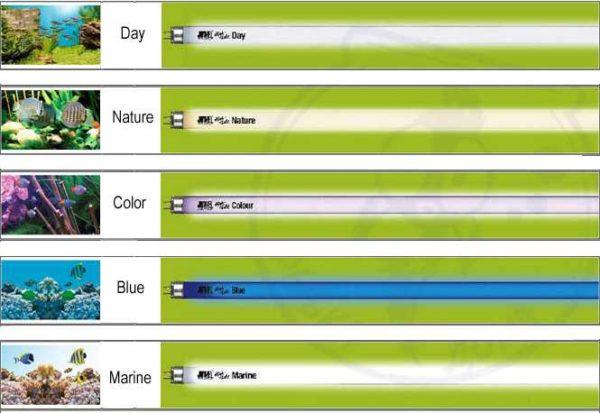
In aquaristics, two types of fluorescent lamps are usually used – T5 and T8. T8 is used more often. They have an optimal price-quality ratio. T5 lamps with a smaller diameter (16 mm vs. 26 mm) light give twice as much, but also cost twice as much as T8. And since they are all the same to change them at the same time, they are used more often “eight”.
One more thing: these two types of lamps are not interchangeable: T5 requires a special starting and regulating device, so that the lamps are different.
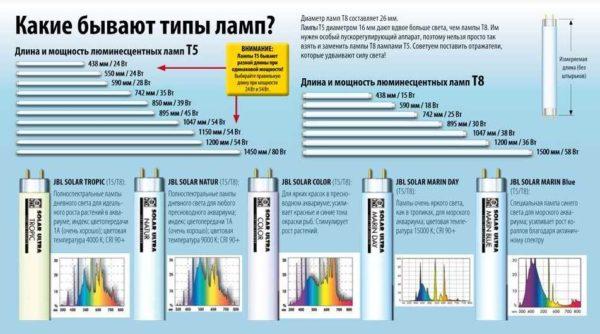
The disadvantage of fluorescent lamps – over time they “burn out”, that is, change the spectrum of luminescence. This forces every 6-10 months to make a replacement, although the lamp still works and can work for many months. But plants do not like its light. And this – additional costs and quite tangible.
Compact fluorescent lamps or economizers
By their characteristics are very similar to conventional fluorescent, changed only the shape of the light tube – they are twisted into a spiral – and the cartridge – it is under the standard sockets.
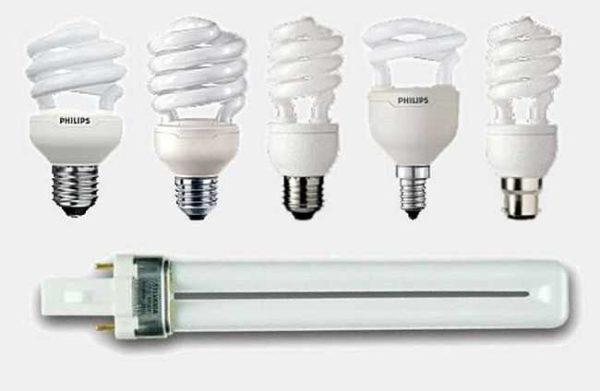
LED
To date, lighting for the aquarium using LEDs is recognized by many as optimal. They do not heat much, with low electricity consumption, they shine brightly, have a wide color range, have a long service life. In addition, they are safe, as they operate from 12 V.
Another plus of using LEDs – their brightness is easily changed. In the absence of experience immediately pick up the optimal amount of light is almost impossible, so the ability to adjust the amount of light is very useful.
The disadvantage of LEDs – a considerable price for good quality crystals. The second unpleasant moment – they also generate heat, which must be removed. But the heat is released by the body of the LED and it is easier to dissipate – to install on an aluminum plate, which will take away heat. If necessary, a cooler can be built into the back side or raised higher above the water.
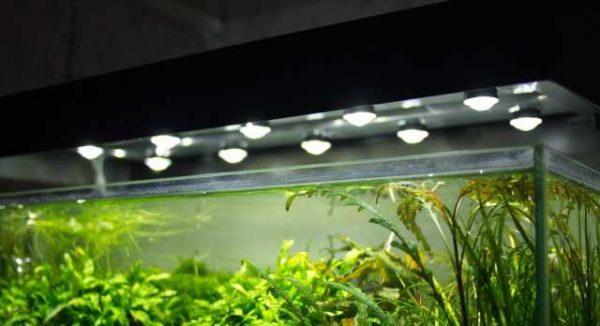
If we talk in relation to aquaristics, then organizing the right LED lighting for an aquarium, you can achieve a game of highlights and shadows on the bottom, a great view of plants and fish.
A few words about what LED lights are:
For all these reasons, LED aquarium lighting is becoming increasingly popular. At low cost at the stage of operation, they give good light, “burn out” much slower. Yes, there is still an opportunity to make the illumination “colored” using RGB diodes. They, by the way, allow you to adjust the amount of this or that “shade” of light.
Combined lighting for the aquarium
Creating lighting for the aquarium, many experienced owners combine several types of lamps – two or even three. In this way, it is possible to achieve optimal illumination at a minimum cost. Most often combine fluorescent and LED lamps, fluorescent with metal-halide, use all three types.
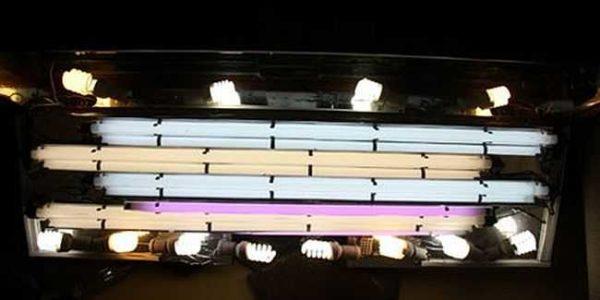
It only seems like there aren’t many options. In fact, there are a lot, because the light sources are also selected according to the temperature of the light. As a result, the visual perception and colors of vegetation and fish change decently. When selecting it is desirable to get a spectrum close to the spectrum of sunlight or pick a combination that all inhabitants of the aquarium like.
Lighting intensity
To correctly select the lighting for the aquarium should take into account many factors: its type (marine or freshwater), the presence of plants in it and their needs (what intensity of light they need), the geometric parameters of the bank itself (the height of the water column) and the color of the water. Depending on all these factors and select lamps and fixtures.
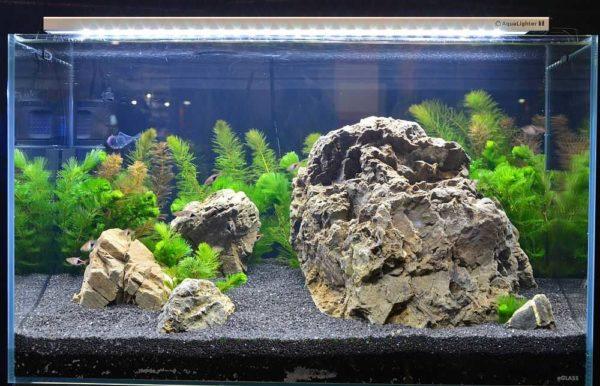
Selection by volume
A common practice is to select the brightness of the lights for the aquarium based on its volume. The method does not take into account very many nuances, but can be used as a basis – for approximate determination of the necessary power of lamps. Calculated the required power of lamps depending on the volume of water (not the tank, and it is water – subtract the air layer and the thickness of the ground).
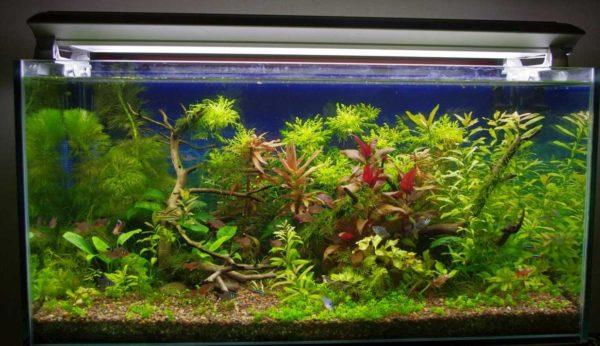
- For an aquarium without plants light should not be so much – fish do not need a lot of it. Count on 0,1-0,3 W / L.
- Dacă acvariul conține alge și pești iubitori de umbră, puterea de iluminare poate fi calculată pe baza normei de 0,2-0,4 W / L.
- Iluminarea medie este de 0,4-0,5 W / L. Dar, cu această alegere, plantele vor crește încet, se vor întinde în sus.
- Iluminare optimă pentru un fitoterapeut normal, pentru plante strălucitoare și sănătoase - 0,5-0,8 W / l.
- Iluminat luminos cu un număr mare de plante iubitoare de lumină - 0,8-1,0 W / l.
Datele sunt furnizate pentru iluminatul cu lămpi cu incandescență și cu halogen. Dar astăzi acestea sunt utilizate din ce în ce mai rar, deoarece sunt ineficiente și foarte calde. Determinarea puterii necesare a altor surse de lumină poate fi determinată din tabelul de corespondență.
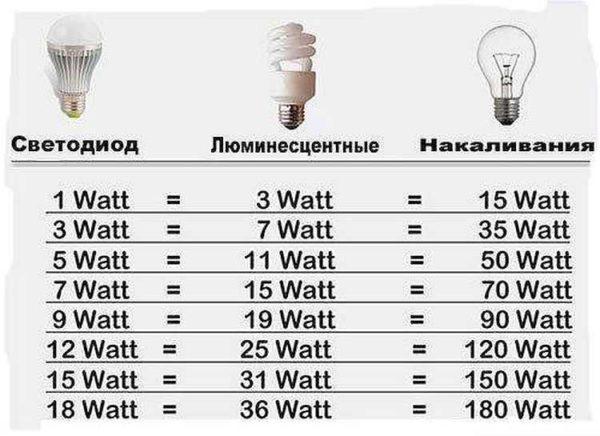
După ce ați calculat puterea becurilor de lumină naturală de care aveți nevoie, puteți calcula puterea necesară a altor tipuri de surse de lumină.
Matching by depth
Atunci când determinați intensitatea de iluminare a acvariului, trebuie să luați în considerare adâncimea acestuia. Ideea este că atunci când trec 10 cm de apă de transparență medie, iluminarea scade cu 50%.
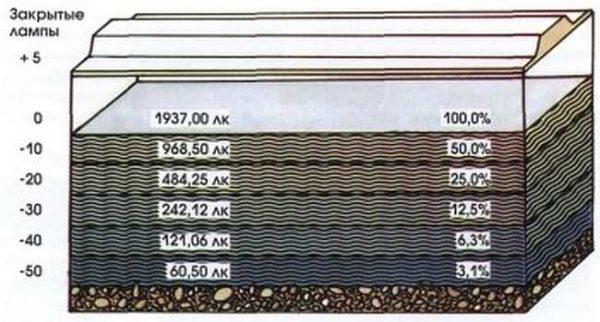
Aceasta înseamnă că, dacă la suprafață iluminarea este de 1000 Lm, la o adâncime de 60 cm va ajunge doar la aproximativ 15 Lm, iar mai jos, în general, va fi aproape întuneric. Dacă doriți să aveți plante sănătoase, este necesar ca în partea de jos a luminii a fost cel puțin în apropiere de 60-90 Lm. Prin urmare, la calcularea intensității de iluminare pentru acvariu ar trebui să fie luate în considerare și adâncimea acestuia.
Lighting time of the aquarium
La proiectarea iluminatului există o întrebare: cât timp ar trebui să lucreze acvariul de iluminat. Răspunsul se bazează pe "obiceiurile" plantelor și peștilor. Ele provin din latitudinile tropicale, iar acolo ziua de lumină durează aproximativ 12 ore, indiferent de perioada anului. Acesta este regimul de iluminare și ar trebui să furnizeze plantele tale.
Uneori, lipsa de iluminare încearcă să compenseze lipsa de lumină prin extinderea orelor de zi. Consecințe pozitive ale acestui lucru, de obicei, nu are, dar negative apar foarte des - cu o zi lungă ore, apa începe să înflorească, iluminarea este încă redusă, există o nevoie de a înlocui apa.
În plus față de faptul că lumina din acvariu ar trebui să ardă un anumit timp, este de dorit să se creeze un fel de jumătate de zi - la un moment dat - 3-4 ore pe zi - iluminatul ar trebui să fie foarte luminos, restul timpului intensitatea iluminării acvariului poate fi redusă. Pentru a realiza un astfel de mod, utilizați mai multe lămpi, care sunt pornite prin comutatoare / comutatoare separate.
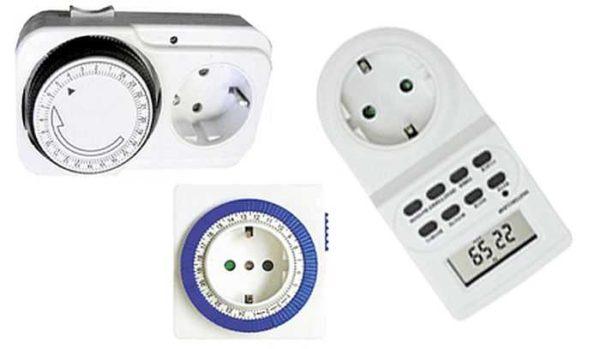
Pentru a automatiza procesul, puteți instala un releu de timp. Astăzi există modele absolut necostisitoare prin care puteți aprinde lămpile. Acestea sunt mecanice și electronice. Cele electronice pot fi programabile și nu va trebui să setați ora de fiecare dată, deoarece alimentarea și deconectarea se vor face automat.

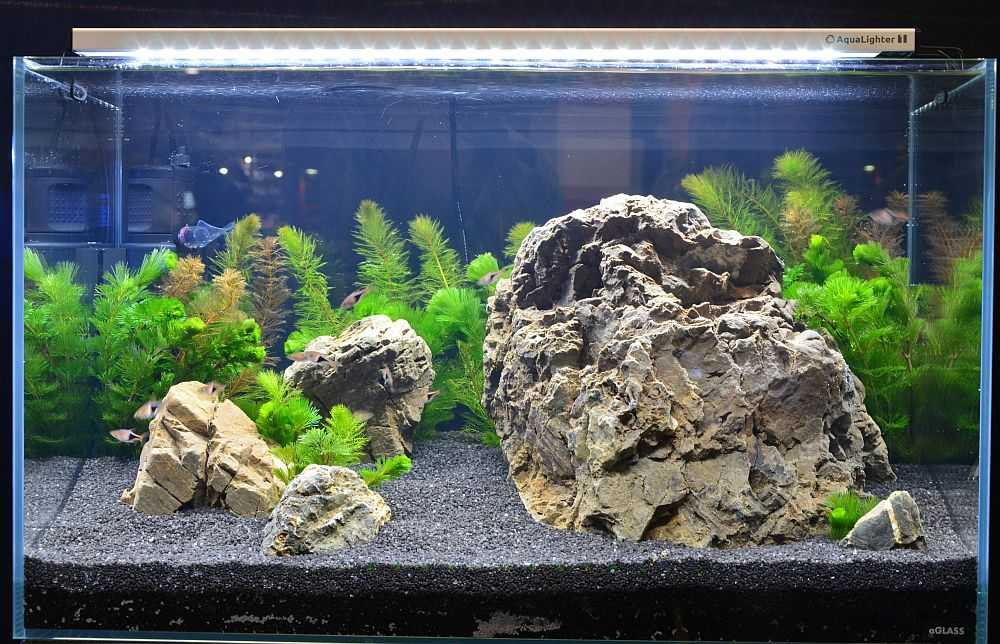
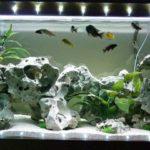
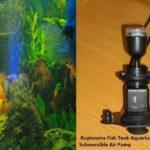
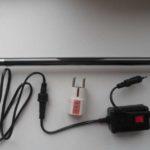
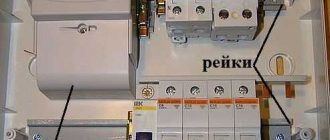
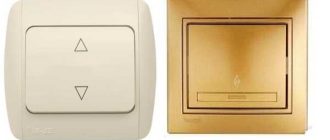
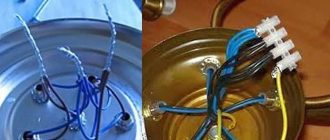

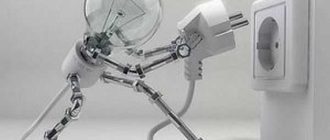
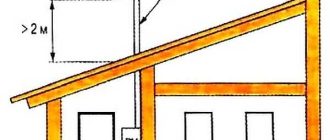
Mi-am amenajat recent acvariul și lumina face o mare diferență! Am folosit o simplă bandă LED și este ca o magie! Peștii și plantele mele sunt acum pline de culoare. O recomand total pentru o vibrație acvatică vibrantă! Nu mă pot opri să mă uit la mica mea lume subacvatică!
Setting up lights for your aquarium is a game-changer! When I added a cheap LED strip, my fish colors popped like crazy. Just make sure the lights are not too bright and don’t overheat the water. It’s essential for the plants and the fish to thrive!